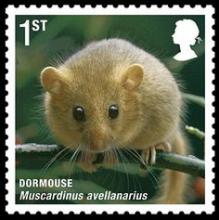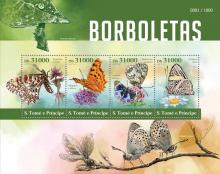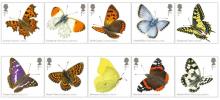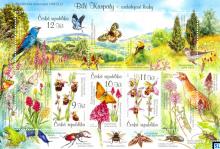Insektensterben: Offener Brief an den Ministerpräsidenten von Baden-Württemberg
O F F E N E R B R I E F
an den Ministerpräsidenten von Baden-Württemberg, Herrn Winfried Kretschmann sowie an die zuständigen Minister der Landesregierung
aus Anlass des drastischen Rückgangs unserer Insektenpopulationen
Sehr geehrter Herr Ministerpräsident,
sehr geehrter Herr Minister Hauk, sehr geehrter Herr Minister Untersteller,










